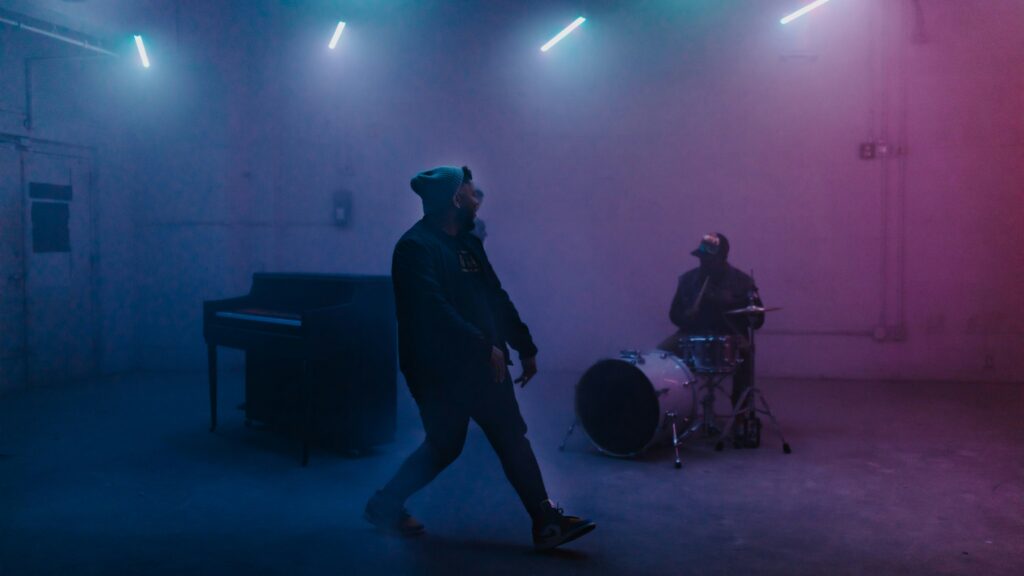Green screen filmmaking, also known as chroma keying, has become an integral part of the film and video production process. It allows filmmakers to transport their subjects to virtually any location or create fantastical worlds without leaving the studio. As technology advances, so do the techniques and tools available for green screen filmmaking. In this blog post, we will explore modern techniques that filmmakers can employ to achieve seamless and convincing results in their green screen productions.
- High-Quality Green Screen Materials: The foundation of successful green screen filmmaking lies in using a high-quality green screen backdrop. Invest in professional-grade materials that are evenly lit and free from wrinkles. This ensures a consistent and clean keying process during post-production.
- Proper Lighting Setup: Achieving even and consistent lighting on the green screen is crucial for a successful key. Use multiple lights to eliminate shadows and hotspots. Consider implementing a three-point lighting setup with key, fill, and backlighting to properly illuminate both the subject and the green screen.
- Advanced Camera Technology: Modern cameras with high dynamic range (HDR) capabilities and 4K or higher resolution provide filmmakers with greater flexibility in post-production. The increased resolution helps preserve finer details, and HDR allows for better tonal range, minimizing issues like spill and color bleeding.
- Real-Time Keying Software: Some filmmaking setups now utilize real-time keying software that allows filmmakers to see the composited image on set. This not only facilitates better framing and performance but also helps in identifying and addressing keying issues early in the production process.
- Virtual Production Techniques: Leveraging virtual production techniques, such as the use of LED walls, has gained popularity in recent years. Instead of traditional green screens, filmmakers project virtual backgrounds onto massive LED walls, creating realistic lighting conditions and reflections on the actors in real-time.
- Color Matching and Grading: Achieving a seamless blend between the subject and the background requires meticulous color matching and grading during post-production. Use professional video editing software to fine-tune colors, adjust saturation, and match the lighting conditions between the subject and the background.
- Interactive Lighting for Realism: For scenes where the subject interacts with the environment, consider incorporating interactive lighting. Mimic the lighting conditions of the virtual background on the subject by adding practical lights or reflections during the shoot. This extra step enhances the overall realism of the composite.
- Green Screen Removal Plugins: Take advantage of advanced green screen removal plugins available in video editing software. These plugins often use sophisticated algorithms to precisely key out the green background while preserving fine details, such as hair and transparent elements.
- Motion Tracking and Stabilization: Utilize motion tracking and stabilization techniques to ensure that the virtual background stays synchronized with the movement of the camera. This helps prevent discrepancies in perspective and enhances the overall believability of the composite.
Conclusion: As technology continues to evolve, so do the possibilities in green screen filmmaking. Modern techniques empower filmmakers to create immersive and visually stunning worlds with greater ease and efficiency. By incorporating high-quality materials, advanced camera technology, real-time keying, and innovative virtual production methods, filmmakers can elevate their green screen productions to new heights, opening up a world of creative possibilities.

